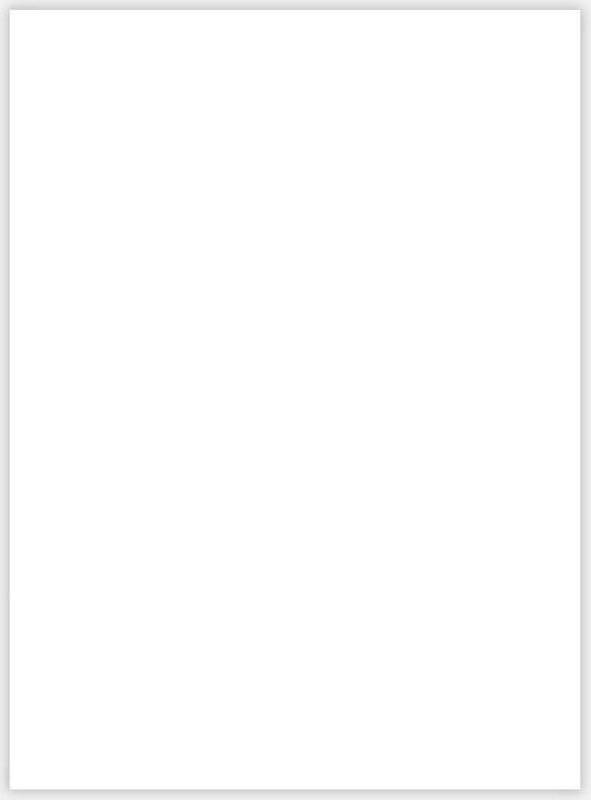































Student
PORTFOLIOS
TrinityTutors.com
For information:
Fred W. Duckworth, Jr.
c/o Jewels Educational Services
1560 East Vernon Avenue
Los Angeles, CA 90011-3839
E-mail: admin@trinitytutors.com
Website: www.trinitytutors.com
Copyright © 2006 by Fred Duckworth. All rights reserved. This publication is copyrighted and may not be linked to directly, reproduced, stored in a retrieval system, transmitted in any form by any means, electronic, mechanical, photocopying, recording, or otherwise without written permission from the publisher.
You may print this entire publication or portions thereof directly from this website, but may neither download to your computer nor store any text or images comprising this work. Moreover, you may not place on any other website for others to access, nor distribute to anyone else in any manner any of the pages comprising this work. This material is to be utilized only for your personal use in a homeschool or tutoring environment, and you may print out any or all of the pages herein only on an individual, one-time basis.
Furthermore, all copyright notifications must be included and you may not alter them in any way. Classroom use and/or use in a public or private school setting is expressly prohibited. Anyone wishing to use this material must come to this website to access it. Any use beyond these terms requires the written permission of the author/publisher. This publication is being provided at no cost and may not be sold under any circumstances.
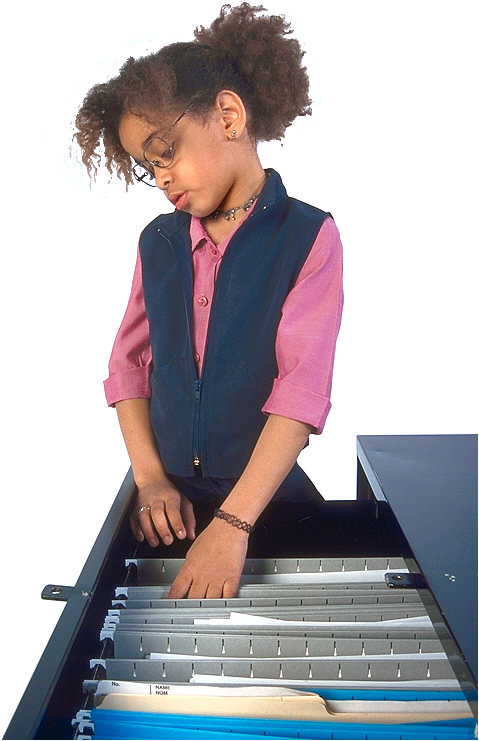

Introduction to Portfolios
A portfolio is an organized, well-planned, systematic collection of work that reflects or represents a student’s efforts, learning process, academic progress, and achievements in one or more curriculum areas, along with evidence of the student’s reflections.
The procedures for creating a portfolio should include student participation in forming the criteria for both selecting the portfolio’s contents and for judging merit, not to mention participation in the actual selection of work.
A portfolio is used at selected intervals and on a regular basis (a minimum of four conferences per year) to assess growth, which can be done as the student is completing a task and/or upon the task’s completion.
Used collaboratively by you and your teacher, your portfolio will not only serve to facilitate and document your academic progress and personal growth over a specified period of time, but will also help you to take responsibility for your own learning and goal setting.
Once completed, you should be able to explain why you organized your portfolio as you did, give your reasons for choosing the processes you used, and review your own academic performance to identify the next steps you will take in the learning process.
Your portfolio will involve you in your own education as you take charge of your personal collection of work, reflecting on what makes some work better, and using this information to make improvements in future work.
You may decide to include daily assignments, tests, projects, reports, artifacts, various materials that demonstrate your learning and growth, or other evidence of your behavior and academic progress.
What You Will Need . . .
Your teacher will provide you with support material such as folders, file drawers, access to a photocopy machine, etc., as well time to plan, share ideas, and develop strategies.
Your portfolio will be contained in a 3-inch 3-ring presentation binder that you will assemble at the beginning of the school year. On the outside will be a cover sheet that you design yourself and it will need to have a label on the spine. On the inside will be five tabbed dividers (quarter separators for five outcomes), and plastic sheet protectors. Ideally, your portfolio should be put together during the first few weeks of school.
The Origins of the Portfolio
Student portfolios are based on a visual arts tradition in which portfolios served to show an artist’s accomplishments and favorite works. Your portfolio, for example, may be a folder containing your best class assignments and your evaluation of those assignments’ strengths and weaknesses. Or it might possibly contain one or more works-in-progress that illustrate the creation of a product, such as a book, evolving through various stages of planning, drafting, revision, and publication.
The purpose of self-assessment is to develop your ability to monitor and improve your own learning and to facilitate your taking partial ownership and responsibility for your education.Portfolios provide a natural medium for teacher pupil discussions and goal setting. Moreover, they can demonstrate a wide range of student work including complex, multidimensional tasks (in contrast to standardize tasks that have traditionally been multiple-choice tests of recognition and recall). They can provide comparisons of student work for any period -- from months to years, and therefore, a portfolio can serve as a record of the activities you undertake over time in the development of academic products, like an end-of-the-year student presentation that you can share with a variety of people. It could even serve as an effective communication tool to assist your future teachers in assessing your level of achievement in order to plan your own personalized, individualized instruction.
By reading, reviewing, and grading portfolio requirements at intervals during the quarter your teacher has only to transfer the already completed grades to the portfolio grade form at the end of the quarter. When the portfolios are collected at the end of the quarter, it may be necessary to go back and skim some of the items for quality of reflection to assist with evaluating the process and product components of the portfolio. Overall, however, it greatly reduces the amount of time spent on reading and reviewing portfolio requirements at the end of the quarter.

KING BING
By
Sally Bally
What Makes a Portfolio?
A portfolio is something that is done by you the student -- not to you -- and it is separate and different from your cumulative folder. Essentially, the portfolio contains information that illustrates your growth, conveying explicitly or implicitly your interests, activities, thoughts, rationale, comments, standards and judgments. A portfolio may have multiple purposes and/or it may serve a different purpose at the beginning of the year than it does at the end. Most of the skills and techniques that are involved in producing an effective portfolio do not happen by themselves. The end product should be able to demonstrate that you engaged in considerable self-reflection.
Portfolios are usually based on broad instructional goals and contain a significant number of items including samples of student work selected by the student or the teacher; teacher observational notes; student self-evaluations; a summary of what was chosen; student/teacher collaborative notes; examples of early and later work; and drafts, works in progress, and finished pieces. Ideally, a portfolio should be based on normal classroom work.
As just mentioned, our portfolio will contain some pieces selected by you and some pieces selected by your teacher. You will be expected to meet specific requirements each quarter. These requirements may vary from year-to-year and from teacher to teacher.
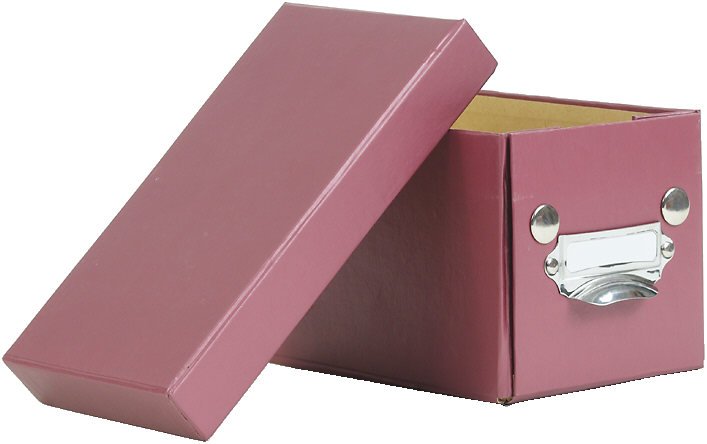
Contents/Requirements
- Graduation Requirements
- Graduation Tracking Form
- Transfer Transcript
- Standardized Test Scores with graph
- Report card from preceding quarter with reflection
- Best writing sample with reflection
- Best work from each core subject and electives with reflection
- List of books read with reflection
- Technology checklist
- Portfolio Goals Form with quarterly reflection
- End-of-year Portfolio Reflection
- Work Experience Journal
- Critical Thinking Evidence
- Problem Solving Evidence
- Creative Thinking Evidence
- Decision Making Evidence
- Metacognitive Evidence
- Self-assessment
- Reflection and goals
- Discipline Incident Reports with reflection and plan for improvement
- Completed Community Service forms
- Résumé and Cover Letter
- Work Internship Self-evaluation
- Work Internship Supervisor Evaluation
- Life Plan with quarterly update (and Intern journal summary)
- Awards, Honors, Certificates
Reflections are in integral part of the portfolio process. To help your teacher assist you with this process, a list of suggested Reflective Prompts is provided in the appendix.
Contents/Requirements
- Graduation Requirements
- Graduation Tracking Form
- Transfer Transcript
- Standardized Test Scores with graph
- Report card from preceding quarter with reflection
- Best writing sample with reflection
- Best work from each core subject and electives with reflection
- List of books read with reflection
- Technology checklist
- Portfolio Goals Form with quarterly reflection
- End-of-year Portfolio Reflection
- Work Experience Journal
- Critical Thinking Evidence
- Problem Solving Evidence
- Creative Thinking Evidence
- Decision Making Evidence
- Metacognitive Evidence
- Self-assessment
- Reflection and goals
- Discipline Incident Reports with reflection and plan for improvement
- Completed Community Service forms
- Résumé and Cover Letter
- Work Internship Self-evaluation
- Work Internship Supervisor Evaluation
- Life Plan with quarterly update (and Intern journal summary)
- Awards, Honors, Certificates
Reflections are in integral part of the portfolio process. To help your teacher assist you with this process, a list of suggested Reflective Prompts is provided in the appendix.
The Benefits
A portfolio is a highly flexible in junctional and assessment tool that is easily adapted to different subjects, grade levels, and functions. Portfolios provide you with a vehicle and a structure for considering what kinds of criteria constitute good work and awe are ineffective way for you to look at your present work and think about how you could improve it in the future.
Rather than simply focused on what you have learned, you will also reflect on how you learned it. This may involve looking at your study habits, your test taking strategies, for any number of other strategies used to learn something new.
Your portfolio will provide you and your teacher with an individualized, accurate, and up-to-the-minute picture of your academic progress by illustrating your ongoing development over tying through examples of your work at different points in this school year.
This is a clear departure from the old write, hand in, and forget it mentality, and will provide a natural medium for you and your teacher to discuss your work and set future goals. As you participate in the portfolio process by assessing your own work, you will develop an awareness of your personal styles, thought processes, accomplishments, strings, and difficult piece, and in turn, you will better understand your own strengths and needs. In this way, you will become more responsible for your own learning.
Moreover, you will be able to demonstrate a wide range of work including complex, multidimensional tasks (a contrast to standardize tasks such as a multiple-choice tests of recognition and recall).
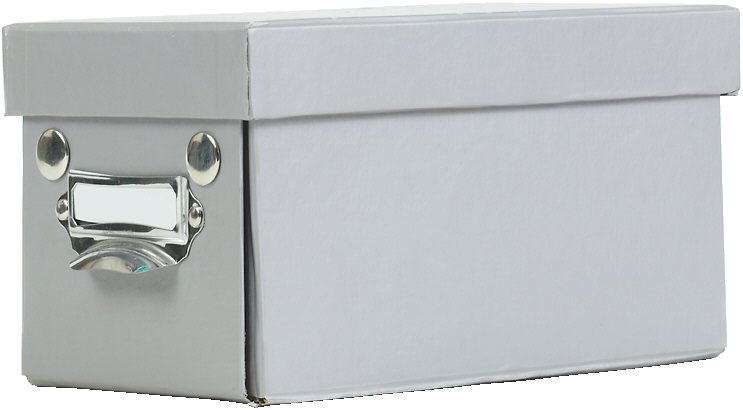
Assessing Your Portfolio
The point of the portfolio is to help you develop a greater understanding of your knowledge and skills through the collection and review of the items (evidence) in your portfolio. Your portfolio will be evaluated by the rubric provided in the appendix at the end of this guide.
The rubric will require that your portfolio be assessed according to the following criteria:
Organization
- Section markers are well designed and labeled with dividers
- Evidence is logically organized
- Evidence is labeled and placed in the appropriate section Evidence is labeled and placed in the appropriate section
Evidence/Content
- All required evidence is included
- Evidence meets criteria
- Evidence reflects attention to detail: edited, free of errors, complete
- Evidence is interesting, thought-provoking, and demonstrates critical and creative thinking
- Evidence selected is representative of student’s best knowledge and skills
- Evidence incorporates selected feedback from educators and peers
- Evidence reflects student growth
Quality of Reflection
- Reflections indicate the ability to analyze and critique own work
- Reflections are well-written including details and examples
- Reflections are linked to and supported by evidence in the student’s portfolio
- Reflections demonstrate understanding of relevant Outcomes
- Reflections identify and justify areas of growth and/or learning
- Reflections include steps for growth/improvement
- In comparison to past quarters, reflections demonstrate increased complexity of self-assessment and meta-cognition (** Does not apply to new students during their first quarter
Overall Appearance
- Portfolio reflects time and care invested in preparation
- Portfolio is easily readable and pleasing to the eye
- Portfolio evidence is maintained in good condition
- Portfolio demonstrates creativity and originality
- Portfolio design is well-balanced, artistic, and indicative of individuality
Goal Setting/Self Assessment
- Student puts effort into achieving product goal
- Student identifies strengths and areas for improvement related to portfolio product
- Student improves portfolio product
Student Presentations
As the culminating event of the portfolio process, you will make an annual presentation about yourself in relation to the outcomes. This is an essential final piece in the process of placing the responsibility for learning and growth squarely with you. After collecting a body of evidence about yourself during the year, reviewing it at defined intervals, reflecting about what it says about you and refining personal learning goals, you will summarize all that and share it in a professional way with your teacher.
The presentation forces you to synthesize information from a collection of sources, note and explain patterns, celebrate your successes and growth, explore ongoing challenges, and apply that knowledge to setting goals for the future. Vernondale Academy believes strongly in developing active learners and the final presentation is a cornerstone of that belief.
You will begin to seriously prepare for the annual presentation during the 4th quarter. You will be given developmentally appropriate assistance to prepare for the presentation. If you are a younger student, you will be given more structure and guidance to help you prepare to participate in a formal interview. If you are in older student, you will develop a 20-25 minute presentation. Whatever the format, you must give a brief introduction of yourself, address each outcome specifically with supporting evidence of your growth, tie things together in a conclusion and address your teacher’s questions.
Portfolios provide structure for involving you in developing and understanding criteria for good efforts, in coming to see the criteria as your own, and in applying the criteria to your own (and other students’) work.
You will benefit from an awareness of the processes and strategies involved in writing, solving a problem, researching a topic, analyzing information, or describing your own observations.
Portfolios serve as a vehicle for enhancing your awareness of strategies for thinking about and producing work--both inside and beyond the classroom.
Portfolio assessment is an innovative form of alternative assessment that allows your teacher to see your academic progress and accomplishments over time. Portfolios also provide you with the opportunity to reflect on (think about) what you have learned over the course of a semester or a year.
Define your audience for the portfolio. This will help direct your selection process. An appropriate audience for the portfolio can range from parents, teachers, and administrators to local academic clubs and neighboring schools. You can also get involved in choosing the people with whom they wish to share their work.
Most students have not developed the skill of reflecting on your learning and strategizing for improvement with a set of lead-in sentences such as,
"I enjoyed . . . ,"
"I thought I would . . . , but instead I . . . ."
While most portfolios are created as a cumulative product, you need feedback throughout the gathering stages. Your teacher will therefore require you to submit preliminary selections with a sentence or two about why they included the selection. This will help you to begin thinking about how the portfolio can reflect what you have learned.
Q: My disciplinary reports are private. Why do I need to include these in my portfolio?
A: Your behavior and attitude in school are part of the development of your Emotional Intelligence (EQ) skills. Reflecting upon your mistakes helps you to develop a better awareness of yourself and your attitude. It will help you make better choices in the future.
Q: Do students in other schools have to do portfolios?
A: Yes. The use of portfolios is becoming more widespread in other schools, colleges, and in many professions.
Q: What is the end of the year presentation?
A: All students are required to do an end-of-the-year presentation. The purpose of the presentation is for the student to show growth in the five outcomes through evidence collected throughout the school year. It is your opportunity to show what you have learned and how you have grown.
Portfolio Item Cover Sheet
Type of product or assignment: ________________________________________
On this assignment (or item) I was supposed to ____________________________
_________________________________________________________________
The reason I did this activity was _______________________________________
_________________________________________________________________
I have chosen to place this item in my portfolio because _____________________
_________________________________________________________________
From this activity I learned ____________________________________________
_________________________________________________________________
_________________________________________________________________
Teacher comment: __________________________________________________
_________________________________________________________________
_________________________________________________________________
_________________________________________________________________
Conferences
A conference is an important way he for your teacher to support your self-assessment. Unlike more formal self evaluation procedures, conferences can follow your lead and off for you to support or feedback necessary to prompt as well as guide your reflections.
There are at least three kinds of conferences that might be used in conjunction with your portfolio:
- A planning conference is directed at helping you pull together your portfolio, including your self-evaluation remarks.
- A sharing conference involves having you share your portfolio with classmates.
- Informative conference involves joint assessment of your portfolio by your teacher and you as the two of you develop goals for the future.
Portfolio Reflection Sheet
What kinds of materials did you include in your portfolio? ________________________________________
In what ways were they different? ____________________________
_________________________________________________________________
In what ways were they the same? _______________________________________
_________________________________________________________________
What measure portfolio revealed about you as a reader, writer, learner, person? _____________________
_________________________________________________________________
What measure portfolio suggest your strengths are? ____________________________________________
_________________________________________________________________
_________________________________________________________________
TWhat does your portfolio suggest about how you have changed?
What do you think people will learn about you from your portfolio?
How do you plan to use your portfolio?
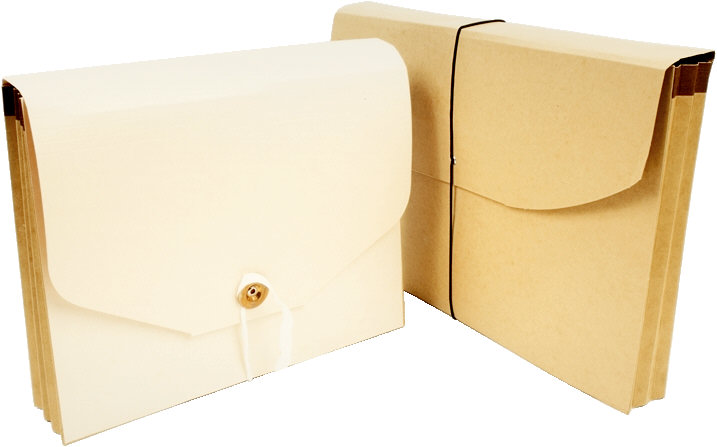
Frequently Asked Questions?
Vernondale Academy is accustomed to students questioning the work assigned. Here are some of the questions that we have received or may receive from students in relation to portfolios. Possible answers are provided to assist with answering these if they should come up.
Q: Why do I have to do a portfolio?
A: The primary reason is to document your growth each year in the outcomes and use that information to make good decisions and plan for your future.
Q: Why do I have to keep last year’s portfolio and make a new one this year?
A: To give you the opportunity to reflect upon your growth in the outcome areas and assist you with improving in these areas each year. Last year’s portfolio also helps you to identify your strengths and weaknesses as you continue to grow each year. It also helps your new teachers know your skills better to focus their instruction where you need it.
Q: What will I learn from the portfolio process?
A: Organization, time-management, and planning skills. You will become a better problem solver, learn how to make good use of resources, and learn how to take charge of your own learning by reflecting upon your growth both academically and personally.
Q: Will the portfolios be graded? Why?
A: Yes. Portfolios are a school-wide requirement and the grade that you earn provides you with feedback on your progress in meeting the expectations in different skill areas.
Q: My disciplinary reports are private. Why do I need to include these in my portfolio?
A: Your behavior and attitude in school are part of the development of your Emotional Intelligence (EQ) skills. Reflecting upon your mistakes helps you to develop a better awareness of yourself and your attitude. It will help you make better choices in the future.
Q: Do students in other schools have to do portfolios?
A: Yes. The use of portfolios is becoming more widespread in other schools, colleges, and in many professions.
Q: What is the end of the year presentation?
A: All students are required to do an end-of-the-year presentation. The purpose of the presentation is for the student to show growth in the five outcomes through evidence collected throughout the school year. It is your opportunity to show what you have learned and how you have grown.
Rather than strictly focusing on what you have learned, also reflect on how you learned it. Such learning strategies can include study habits, test taking strategies, or any other strategy used to learn something new in your class.
Portfolios will provide bout you and your teacher with an individualized, accurate, and up-to-the-minute picture of your academic progress. The illustrate your ongoing development over time, containing examples of your work at different time points in the school year.
Children’s Involvement in Assessing Their Own Work. As you participate in the portfolio process by assessing your own work, you will begin to reflect on and understand their own strengths and needs. This, in turn, will help you feel responsible for their own learning.
You will enjoy comparing examples of your past work with what you are doing in the present. This will help you recognize you own progress.
“What can you tell me about your work?”
“If you were to build this again, would you do it differently? What might you change?” “What was the hardest part?” “What was your favorite part?”
As you create portfolio collections, you will develope an awareness of your personal styles, thought processes, accomplishments, strengths, and difficulties.
Although there is no single correct way to create portfolios, the process always involves collecting, selecting, and thinking about your work.
Early in the school year, you will need to begin the process of deciding on what makes a particular piece of work a good product and thinking about what you kinds of assignments you would like to share with your teacher, parents, and/or friends and why.
In order to build a portfolio of selected pieces and explain the basis for your choices, you will need to formulate criteria for choosing your work. You will need specifics with clear guidelines and examples to get started. Your teacher will help you with this initial step (and perhaps your peers as well).
The content of a student portfolio is built from class assignments. It may focus on a single curricular area such as writing, mathematics, literature, or science; span two or more subjects such as writing and reading or writing across the curriculum; or span several course areas for particular groups of students.
The age/grade level of students may determine how portfolios are developed and used. For example, in developing criteria for judging good writing, older students are more likely to be able to help determine the criteria by which work is selected, perhaps through brainstorming sessions with the teacher and other pupils. Younger students may need more directed help to decide on what work to include. Moreover, older students are generally better at keeping logs to report their progress on readings and other recurrent projects. Also, older students often expand their portfolios beyond written material to include photographs or videos of peer review sessions, science experiments, performances, exhibits. etc..
In any event, the primary purpose of portfolios is to engage you the student in your own education, support excellent curricula and instruction, improve communication between you and your teacher, and keep a record of your goals progress.
Topic: ________________________
Date Assigned: ____ / ____ / ____
Date Completed: ____ / ____ / ____
Student: ____________________________
Teacher: ____________________________
Assigned Item: _______________________
5
Table of Contents
Chapter 1





 Introduction to Portfolios
Introduction to Portfolios
Introduction to Portfolios
4
6
7
8
9
10


12
13
14
15
16
17
18
19
21
22
22
Portfolio Self-evaluation Sheet
How does this work compare with other work I've written this year?
What makes a work sample good and how do these qualities relate to this assignment in particular?
At present, here are the things which I feel are my strengths in this specific subject area, and how this assignment reflects those strengths:
At present, here are the things that are giving me the most difficulty in this area, and how these difficulties are reflected in this assignment:
The qualities of this work that led me to choose it, or to choose it as my best, were as follows:
Reflecting back on this assignment, here is what I now think I would do differently if I were to do it all over again:
Here are some changes I have noticed in the work that I have produced over the course of this school year:
On my next assignment in this particular area, I would like to work on improving the following:
24
25
Portfolios allow you to compare your work over in the period of time -- from weeks to years -- and therefore, a portfolio can serve as a record of the activities you undertake over and extended period in the development of academic products, such as an end-of-the year student presentation that you can share with a variety of people. You will enjoy comparing examples of your past work with what you are doing in the present. This will help you recognize your own progress.
It could even serve as an effective communication tool to assist your future teachers in assessing your past level of achievement in order to plan your own, personalize, individualized instruction program.
Student Self-Assessment
Self-assessment is when the learner evaluates his or her own progress and growth in order to plan strategies for improvement and set new learning goals. Its purpase is for you to monitor your learning and to take at least partial ownership and responsibility for your own education.
A portfolio assessment is an alternative and innovative form of assessment that allows you and your teacher to review your academic progress and accomplishments over time. Portfolios also provide you with the opportunity to reflect on (think about) what you have learned over the course of the few weeks to an entire year.
Your teacher will evaluate your portfolio all along with you. Grading portfolios can be a challenging task at the end of the quarter, especially when your teacher is computing grades for other students as well. When grading your portfolio, he or she will very carefully read the work that you submit it in order to evaluate your processes and to determine how well you can reflect. This is a time-consuming task.
Your teacher will provide you with a daily checklist that lists all the poor Fuller requirements for that quarter (see example copy in the appendix). As you submit work, your teacher will review it for completeness and thoroughness. If the work is incomplete or requires more effort, the work will be returned. When the work is satisfactorily completed, the requirement will be checked off on the list.
An advantage to this procedure is that it provides you with immediate, ongoing feedback of your work. It also allows you to monitor your own progress and keep track of what you have yet to complete. The biggest advantage of this arrangement is that it is a tremendous timesaver for your teacher.